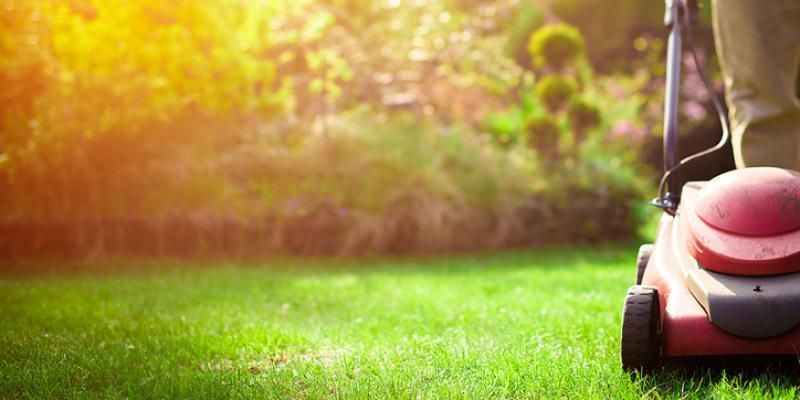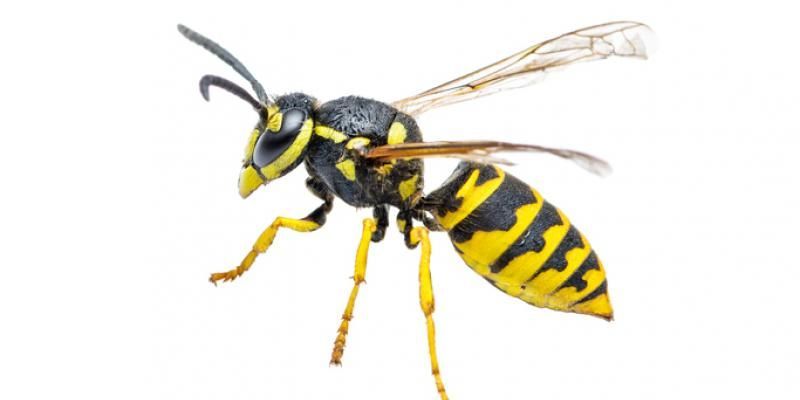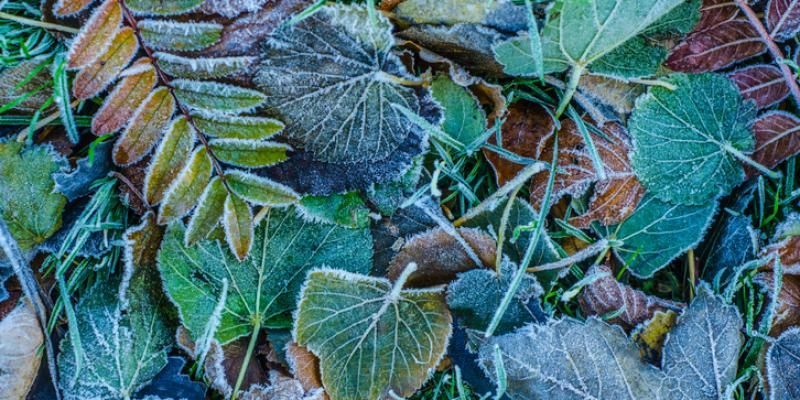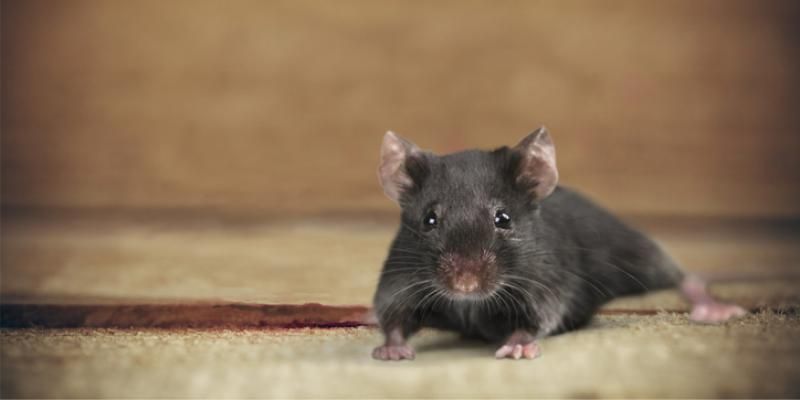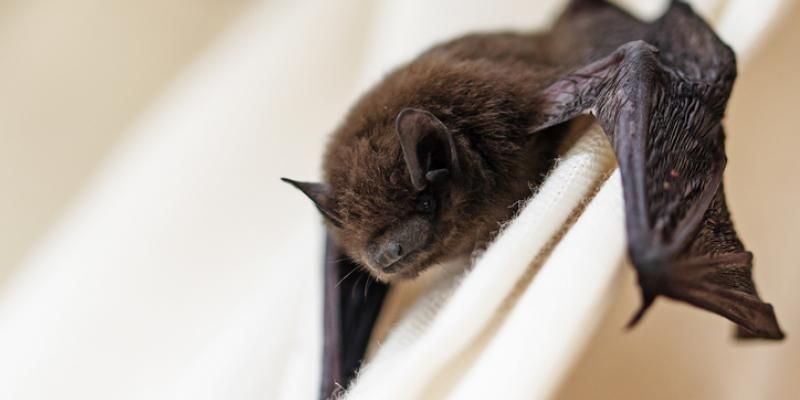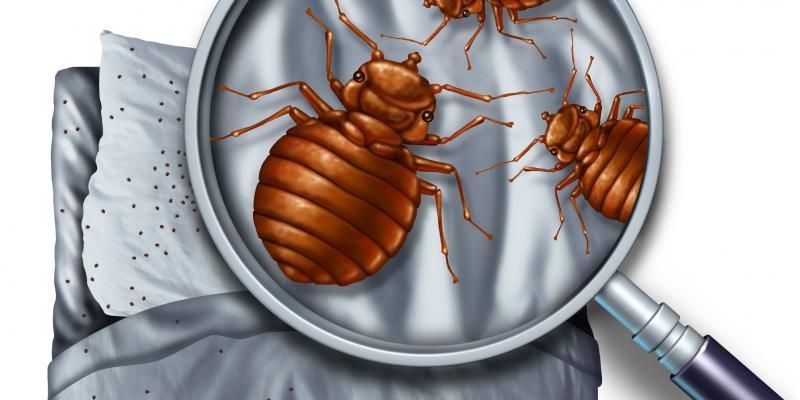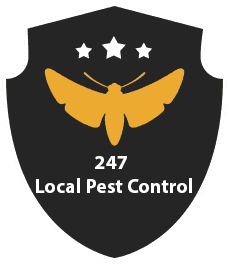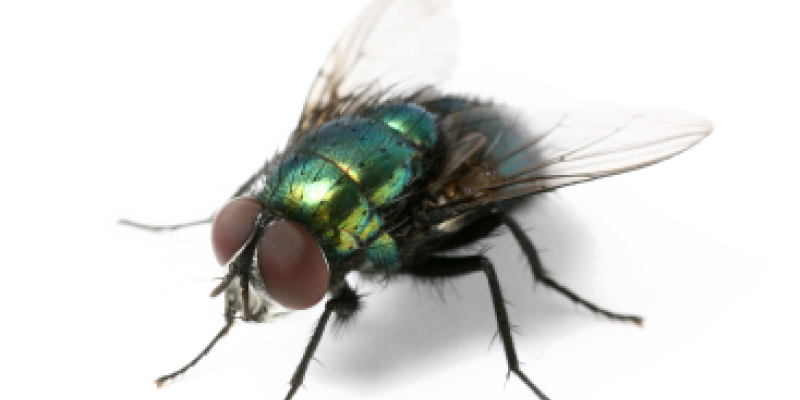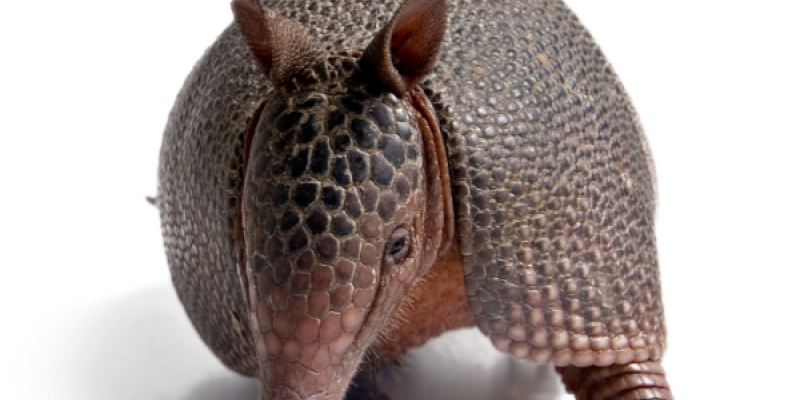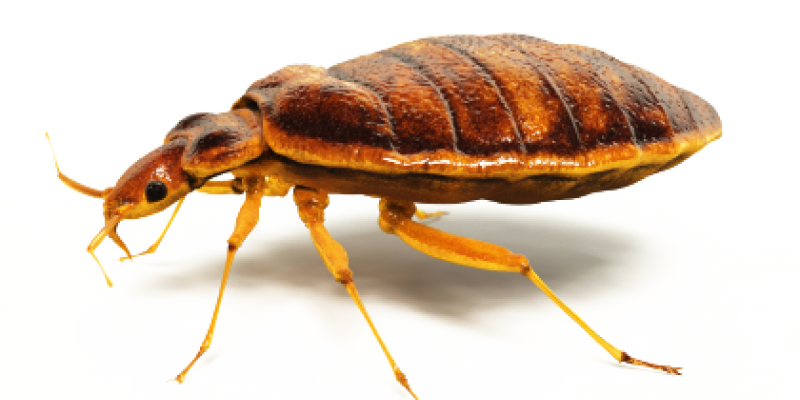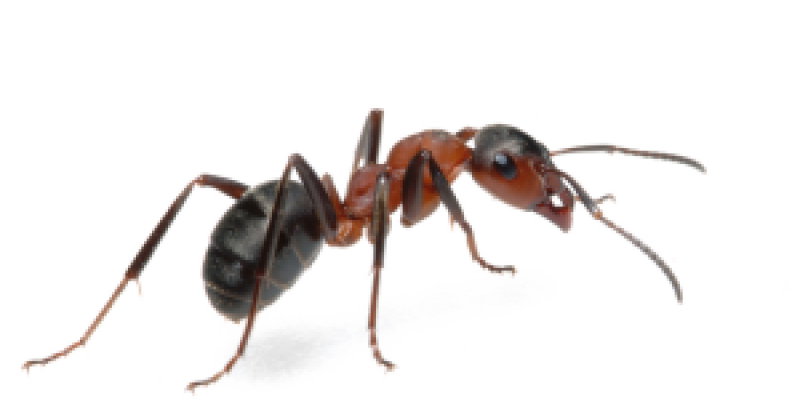The Green Homeowner’s Guide to Creating a Pollinator-Friendly Yard and Garden
A pollinator is any animal or insect that carries pollen from the male part of one plant to the female part of another. Some of the most popular examples of pollinators include bumblebees, butterflies, hummingbirds, and bats. Each species plays an important role in the pollination process, though bees tend to be the most relied upon.
According to an article published in Agriculture, Ecosystems & Environment, “pollinators and pollination are crucial in the functioning of almost all terrestrial ecosystems including those dominated by agriculture because they are in the front line of sustainable productivity through plant reproduction.” These tiny creatures make such a large impact that, without them, our world as we know it would not exist.
Pollinators are so important that some companies — even those who specialize in insect extermination — have protection management programs in place to help safeguard the environment for pollinators and actively work to protect them.
The Relationship Between Pollinators and the Environment
Don’t be fooled by their name — pollinators do more than transfer pollen from flower to flower. The same article published on ScienceDirect explains that another role of pollinators is to “monitor environmental stress brought about by introduced competitors, diseases, parasites, predators, as well as by chemical and physical factors, particularly pesticides and habitat modification.”
Scientists can analyze these species to better understand the condition of the various crops vital to our food system. When they see signs of a decreasing population, it could be an indication of an increase in pesticides being used for crops. However, in more recent studies parasites, disease, and habitat modification have proven to have a larger impact than pesticides as more land is cleared for additional crops.
The decline in the bee population is so severe that various activists, scientists, organizations, and more made it their mission to spread awareness about the importance of this species. This has led to an increase in the number of bee conservation programs and activities that individuals can take part in to help prevent this vital species from going extinct.
Pollinator Conservation
Coming together both at home and within your community can help spread awareness about the importance of conservation. Protecting these animals and insects is vital to their existence and will benefit our ecosystem as well.
Finding ways to educate others on the benefits of conservation can help spread awareness and understanding about the importance of these species. If you have children, try to engage in more backyard activities, like building a backyard habitat, to capture their attention, get them involved, and teach them about the importance of pollinators. Involve them in the planting and maintenance of your family’s garden. Even suggesting the idea of starting a community garden can be beneficial.
One of the many benefits of educating your children on conservation is that it will teach them habits that will help them make eco-friendly choices as an adult. They can take what they learned as a child and apply it to their future — educating others along the way. Aside from personal development, planting gardens that attract pollinators has numerous benefits. For example, attracting bees and butterflies to your garden and community can:
Not all plants attract pollinators. Some may even do the opposite. This is why it is important to know which plants to choose for conservation landscaping. You will want to find plants that are in season and are compatible with your area. Let’s take a look at which types of plants are most attractive to the various pollinating species.
Just as it is important to purchase plants that attract bees and other pollinators, it’s important to maintain the land around them. Bees and butterflies get their water from puddles and damp soil. If your yard doesn’t allow for that, you may want to consider finding alternative ways to water them.
Installing ponds, fountains, creeks, shallow pans of water, or birdbaths can serve as watering stations for pollinators. However, if you choose one of these options, you must clean them often. Mosquitos and other pests and bacteria are often attracted to stagnant bodies of water. Cleaning a birdbath with a garden hose and non-bleach mixture is a great way to ensure the birds and bees are hydrated, without attracting mosquitoes.
Other ways to ensure your landscape is well maintained are to:
Pollinator-friendly gardens and habitats will require standard maintenance such as thinning, fertilizing, amending the soil, removing dead stalks, watering, and removing invasive plant species. When attracting butterflies and bees, you might also attract other insects and pests. You can deter these pests by investing in barrier spray services or an all-natural treatment option.
You can always discuss it with a specialist if you are unsure of how to properly maintain your landscaping.
Landscaping Alternatives for Rentals and/or Apartments
Those who live in a rental and/or an apartment may not have as much freedom with landscaping options as those who own their own home. But this doesn’t mean that they can’t have any of the flowers and plants listed above.
Participating in a community garden, making use of planters, and (if able) installing window boxes are excellent alternatives to landscaping while in a rental.
Alternative Ways to Shelter Pollinators
If you’re one of the many who have a difficult time maintaining a garden, don’t worry — there are still ways you can house pollinators without having to maintain landscaping. You can still do your part in the conservation process by investing in bee hotels and butterfly houses.
Serious gardeners and pollinator enthusiasts may even consider taking their conservation a step further and become their own beekeepers.
Beekeeping 101
Beekeeping is commonly taken on as a career. However, some may choose to pick it up as a hobby. But it isn’t as easy as it may look. Beekeeping takes a lot of time, patience, and dedication.
There are a lot of benefits associated with beekeeping. You can have access to an endless supply of honey, make various products out of beeswax, and help with repopulating the species.
However, along with the pros comes to the cons. Beekeeping can get expensive. You have to purchase the right clothing, smokers, hive tools, frame grips, and the bees themselves — all of which can cost on average around $300 .
Beekeeping is a serious commitment. Before deciding what you want to do, you will want to be sure that you can provide the bees with everything they need.
Here are additional resources to help answer any leftover questions about pollinators, how to attract them to your garden, and/or the impact they have on the environment.
